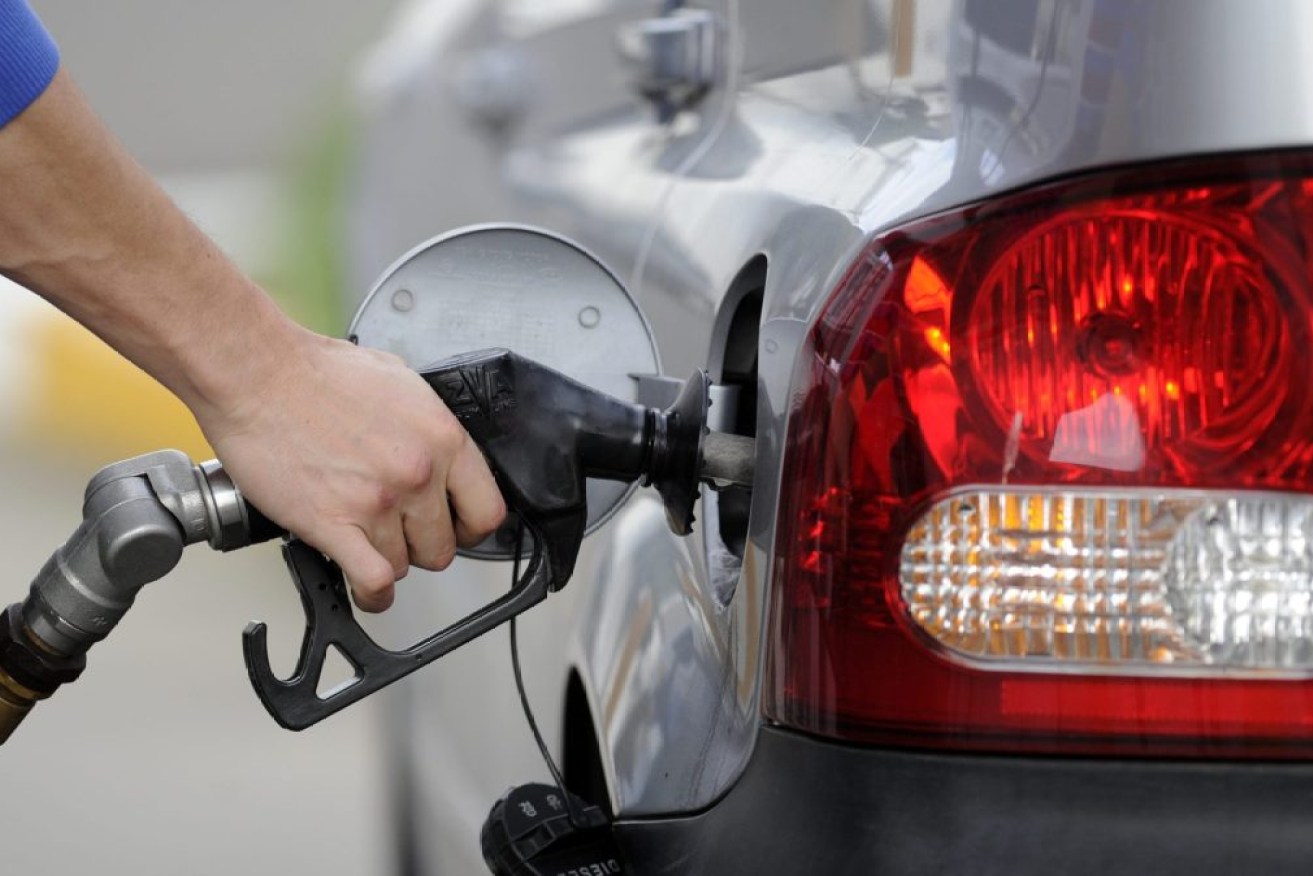The beast returns: Inflation at a 10-year high thanks to surging fuel prices
Australia’s annual rate of inflation has soared to 3.8 per cent, its highest level in more than a decade and well above the Reserve Bank’s two to three per cent target band.

A plunge in the oil price could impact the Australian economy (Photo: AAP Image/Julian Smith)
But the inflation spike – largely blamed on surging petrol prices – was anticipated by the central bank, being a reflection of the weak price pressures of a year ago when the economy plunged into recession.
As such, economists say it has no immediate implications for interest rates with the RBA forecasting inflation to return to below two per cent by the end of the year.
The Australian Bureau of Statistics said the consumer price index rose 0.8 per cent in the June quarter, largely as a result of a 6.5 per cent rise in fuel costs.
RBA governor Philip Lowe and his board are likely to be more concerned about the economic damage virus lockdowns have done when they hold their monthly meeting on Tuesday.
The NSW government has extended its lockdown by another month until August 28, putting further strain on the national economy.
Economists are already expecting the economy to contract in the September quarter as a result of the lengthy Sydney restrictions as well as the now expired snap lockdowns in Victoria and South Australia.
The Commonwealth Bank is now forecasting a massive 2.7 per cent contraction, while the unemployment rate is expected to jump from 4.9 per cent to 5.6 per cent by October.
“It is the inevitable consequence of shutting down large parts of the economy,” CBA head of Australian economics Gareth Aird said.
He is not expecting any meaningful rebound in the economy until November, resulting in the December quarter only partially recovering by 1.9 per cent.
But Prime Minister Scott Morrison expects the economy will “roar back” when the NSW lockdown ends.
“That’s what we saw last year … when we saw our economy grow back to a level higher than it was even before the pandemic,” he told reporters while announcing a new round of support measures for business and individuals.
The 3.8 per cent rise in annual inflation compared to a 1.1 per cent increase as of the March quarter.
ABS head of price statistics Michelle Marquardt said this was significantly influenced by COVID-19 related price changes from this time last year.
Prices at the bowser dipped to as low as 80 cents a litre in some places in the depths of the pandemic.
The latest inflation rate also included the full unwinding of the federal government’s free child care package implemented in the June quarter 2020.
HSBC chief economist Paul Bloxham said stripping out the impact of fuel and child care would have left annual inflation running at 1.9 per cent, and below the inflation target.
The more interest-rate sensitive underlying measures of inflation – which smooth out volatile price swings – remained relatively subdued, rising by an average 0.5 per cent in the quarter to an annual rate of 1.65 per cent.












